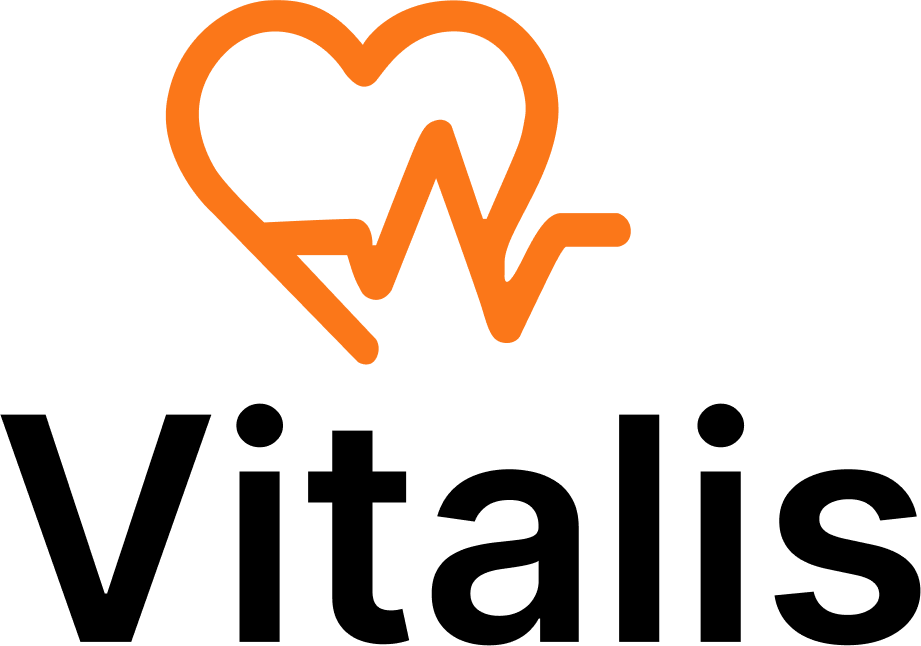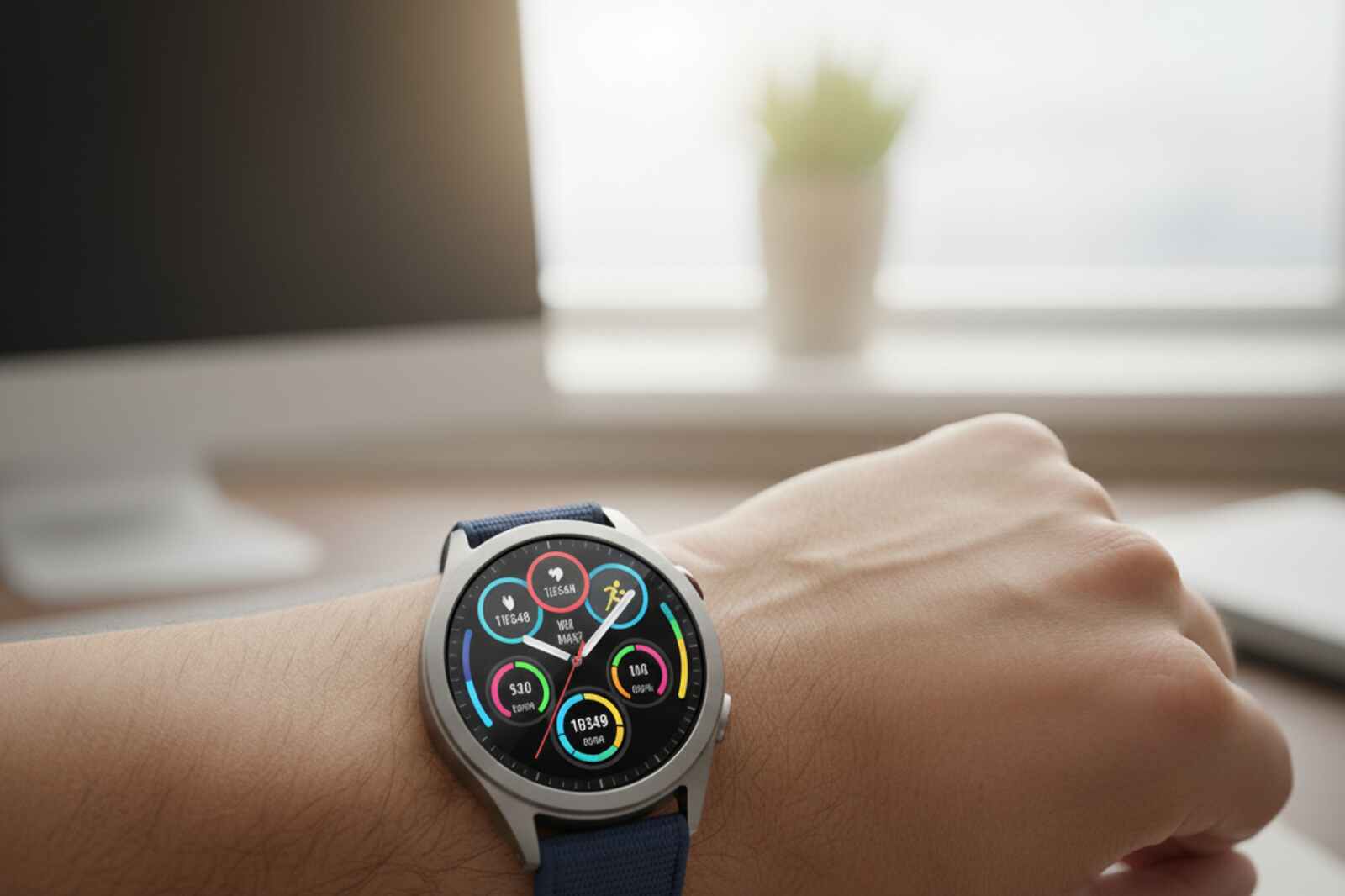Artificial intelligence is transforming how we monitor our health, particularly for critical metrics like blood pressure. AI-driven health monitoring systems offer continuous, real-time tracking that empowers individuals to take control of their cardiovascular health. FDA approved blood pressure watches, such as the Vitalis Blood Pressure Monitoring Watch, combine medical-grade accuracy with smart technology to provide 24/7 monitoring, early risk detection, and personalized health insights. These wearable devices are making professional-grade health monitoring accessible, convenient, and more effective than ever before.
Introduction
In an era where technology touches every aspect of our lives, healthcare has emerged as one of the most promising frontiers for artificial intelligence innovation. An AI-based health monitoring system represents more than just a technological advancement—it’s a fundamental shift in how we approach preventive care and chronic condition management.
Blood pressure monitoring stands at the forefront of this revolution. Hypertension affects approximately 1.28 billion adults worldwide, yet nearly half remain undiagnosed. This silent killer contributes to heart disease, stroke, and kidney failure, making accurate and consistent monitoring not just beneficial but potentially life-saving.
Traditional blood pressure monitoring has significant limitations. Manual cuff-based devices require deliberate action, leading to sporadic readings that miss critical patterns. Clinical measurements often suffer from “white coat syndrome,” where anxiety elevates readings artificially. Home monitors, while useful, still require remembering to take measurements and manually tracking results.
This is where AI-driven health monitoring changes everything. By combining wearable sensor technology with intelligent algorithms, modern health monitoring systems provide continuous surveillance, pattern recognition, and predictive analytics that were impossible just a few years ago.
Section 1: How AI is Transforming Health Monitoring Systems
Artificial intelligence has moved from science fiction to medical reality, fundamentally changing how healthcare providers and patients monitor vital signs. AI technologies in healthcare encompass machine learning algorithms, neural networks, and predictive analytics that can process vast amounts of physiological data in real-time.
At its core, an AI-based health monitoring system uses sensors to continuously collect data about bodily functions—heart rate, blood pressure, oxygen saturation, sleep patterns, and activity levels. However, the revolutionary aspect isn’t just data collection; it’s what AI does with that information.
Machine learning algorithms analyze these data streams to establish individual baselines and recognize deviations from normal patterns. Unlike simple threshold alerts, AI can identify subtle trends that might indicate developing health issues before they become critical. For instance, an AI system might notice that your blood pressure consistently rises slightly during specific times of day or after certain activities, providing insights that occasional spot-checks would miss entirely.
Remote monitoring capabilities represent another transformative aspect. Healthcare providers can now receive real-time alerts about concerning changes in their patients’ vital signs, enabling proactive intervention rather than reactive treatment. This shift from episodic care to continuous monitoring is particularly valuable for managing chronic conditions like hypertension, diabetes, and heart disease.
In blood pressure monitoring specifically, AI algorithms compensate for the inherent challenges of wrist-based measurements. Traditional wrist monitors often suffer from accuracy issues due to positioning and arterial differences. Modern AI systems use motion sensors, positioning algorithms, and machine learning models trained on thousands of validated measurements to deliver clinical-grade accuracy from a compact wrist-worn device.
AI also excels at contextualizing health data. Rather than just recording numbers, these systems correlate blood pressure readings with stress levels, physical activity, sleep quality, medication timing, and dietary habits. This holistic view helps users and their healthcare providers understand the root causes of blood pressure fluctuations and make more informed treatment decisions.
Section 2: Understanding FDA-Approved Blood Pressure Watch Technology
When choosing a health monitoring device, FDA approval is not merely a regulatory checkbox—it’s a critical indicator of safety, accuracy, and clinical reliability. The U.S. Food and Drug Administration maintains rigorous standards for medical devices, particularly those measuring vital signs that inform treatment decisions.
An FDA approved blood pressure watch has undergone extensive clinical validation, demonstrating that its measurements are accurate and consistent compared to gold-standard clinical devices. This approval process typically requires large-scale clinical trials with diverse populations, proving the device performs reliably across different demographics, health conditions, and real-world usage scenarios.
Key features that distinguish FDA approved blood pressure watches include:
Medical-Grade Sensors: These devices use advanced photoplethysmography (PPG) sensors and oscillometric measurement technologies that meet clinical accuracy standards. The sensors must reliably detect arterial pulse waves even through the complexities of wrist anatomy.
Validated Algorithms: The AI algorithms processing sensor data have been validated against traditional arm-cuff measurements in controlled clinical settings. This ensures the watch doesn’t just collect data but interprets it with medical precision.
Consistent Calibration: FDA approved devices maintain accuracy over time through sophisticated calibration protocols. They account for factors like wrist position, ambient temperature, and individual physiological variations.
Data Security and Privacy: Medical device approvals include stringent requirements for protecting sensitive health information, ensuring your vital signs data remains confidential and secure.
The Vitalis Blood Pressure Monitoring Watch exemplifies these standards, combining FDA approval with cutting-edge AI capabilities. This certification means healthcare providers can confidently use data from the device in clinical decision-making, and users can trust they’re receiving accurate, reliable health information.
Beyond accuracy, FDA approval also addresses safety concerns. The certification process evaluates whether the device could cause harm through electrical issues, material reactions, or misleading information. For something worn continuously on your body and informing health decisions, these safety assurances are paramount.
Section 3: Benefits of Using a Watch That Shows Blood Pressure
The convenience of a watch that shows blood pressure extends far beyond eliminating bulky arm cuffs. These devices represent a fundamental reimagining of how we engage with our cardiovascular health.
Continuous 24/7 Monitoring: Traditional blood pressure monitoring provides snapshots—discrete moments frozen in time. A blood pressure watch offers a complete movie of your cardiovascular health. It captures readings throughout the day and night, revealing patterns that spot-checks inevitably miss. You’ll discover how your blood pressure responds to morning routines, afternoon stress, evening relaxation, and overnight rest. This continuous surveillance identifies both chronic elevation and dangerous spikes that might occur between scheduled measurements.
Early Detection Through Intelligent Alerts: Perhaps the most life-saving feature of AI-driven blood pressure watches is their ability to detect concerning trends before they become emergencies. The system doesn’t just alert you when a single reading exceeds thresholds; it recognizes patterns indicating your blood pressure is trending upward over days or weeks. This early warning system enables proactive intervention—adjusting medications, modifying lifestyle factors, or scheduling medical consultations—before a hypertensive crisis occurs.
Medication Management Support: For individuals managing hypertension with medication, timing and effectiveness monitoring is crucial. Blood pressure watches can track how well medications control your pressure throughout their effective period, helping you and your doctor optimize dosing schedules. You’ll know if your morning medication loses effectiveness by evening or if you need dose adjustments.
Lifestyle Impact Insights: Blood pressure doesn’t exist in a vacuum—it responds to virtually everything you do. Exercise, meals, stress, sleep, alcohol consumption, and even posture affect your readings. A comprehensive monitoring watch correlates blood pressure changes with these activities, revealing which lifestyle factors help or harm your cardiovascular health. You might discover that your evening wine raises pressure more than expected, or that morning meditation provides measurable benefits.
Convenience and Compliance: The best monitoring system is one you’ll actually use consistently. Traditional monitors require finding a quiet place, positioning your arm correctly, sitting still, and recording results manually. A blood pressure watch eliminates these barriers. It works automatically in the background, requiring no special effort or attention. This seamless integration dramatically improves monitoring compliance, especially for busy professionals, elderly individuals, or anyone who struggles with health routines.
Historical Data and Trend Analysis: Modern blood pressure watches store months of readings, creating comprehensive health records that reveal long-term trends. When visiting your doctor, instead of relying on memory or scattered notes, you can share detailed reports showing exactly how your blood pressure has behaved. This data empowers more informed medical decisions and helps evaluate whether treatment strategies are working.
Section 4: Vitalis Blood Pressure Monitoring Watch – A Case Study
The Vitalis Blood Pressure Monitoring Watch represents the convergence of medical precision and consumer-friendly design, illustrating how AI-driven health monitoring can be both sophisticated and accessible.
Smart Features and Specifications: The Vitalis watch incorporates advanced PPG sensors capable of continuous blood pressure tracking alongside heart rate monitoring, blood oxygen saturation measurement, and ECG functionality. Its AI algorithms process these multiple data streams to provide holistic cardiovascular assessments. The device features a clear, easy-to-read display showing real-time readings and a companion smartphone app that presents detailed analytics, trend graphs, and personalized health insights.
The watch’s intelligent positioning system uses accelerometers to ensure measurements occur when your wrist is at heart level, automatically discarding readings taken during movement or improper positioning. This addresses one of the primary accuracy challenges with wrist-based monitoring. Battery life extends to several days even with continuous monitoring enabled, and the device is water-resistant for everyday wear.
Clinical Benefits and User Experience: For seniors and individuals managing chronic conditions, the Vitalis watch offers particular advantages. Its simple interface eliminates technological barriers, while automatic monitoring removes the burden of remembering to take readings. Family members and caregivers can access data remotely (with permission), enabling them to monitor vulnerable loved ones without intrusive daily check-ins.
Clinical studies have demonstrated that continuous monitoring with devices like Vitalis leads to better blood pressure control compared to periodic home measurements. Patients become more aware of their cardiovascular health, leading to improved medication adherence and lifestyle modifications. The immediate feedback loop—seeing how specific foods, activities, or stressors affect blood pressure in real-time—provides powerful motivation for positive change.
Users consistently report that wearing a watch that shows blood pressure transforms their relationship with health management. Rather than viewing blood pressure monitoring as a chore, it becomes an integrated part of life. The watch’s additional features—fitness tracking, sleep monitoring, notifications—mean users wear it constantly, ensuring comprehensive health surveillance without requiring special effort.
Comparison with Traditional Methods: Traditional upper arm cuff monitors remain the clinical gold standard for diagnostic measurements, but they have significant practical limitations. They’re inconvenient for frequent measurements, miss nighttime readings entirely, and don’t capture the full picture of blood pressure variability throughout the day.
Compared to competitor smartwatches, the Vitalis device’s FDA approval provides critical medical credibility. Many consumer smartwatches offer blood pressure “estimation” features that lack clinical validation and shouldn’t be used for medical decision-making. The Vitalis watch bridges the gap between consumer convenience and medical reliability, offering measurements you can share confidently with healthcare providers.
Section 5: Practical Tips for Using AI-Based Blood Pressure Watches Effectively
Maximizing the benefits of your AI-based health monitoring system requires understanding how to use it properly and integrate its insights into your health management strategy.
Proper Wearing and Positioning: For accurate readings, wear your blood pressure watch snugly but comfortably on your wrist, approximately one finger-width above your wrist bone. The sensors should maintain consistent skin contact. When the device takes a measurement, keep your wrist at heart level and remain still. Most AI-enabled watches will guide you through proper positioning and indicate when conditions are optimal for measurement.
Calibration and Baseline Establishment: Many devices recommend initial calibration using a traditional arm cuff monitor to establish your personal baseline. Follow manufacturer’s instructions for this process. During the first week, the AI system learns your individual patterns, so measurement accuracy and insight quality improve over time.
Integration into Daily Health Management: Review your blood pressure trends regularly, ideally weekly rather than obsessing over individual readings. Look for patterns—times of day when pressure consistently elevates, correlations with specific activities or stressors, or gradual changes over weeks. Use the companion app’s analytics features to identify these patterns, as the AI system will highlight concerning trends automatically.
Coordinate with lifestyle factors by noting in the app when you take medications, exercise, experience stress, or make dietary changes. This context helps the system provide more personalized insights about what affects your cardiovascular health.
Medical Consultation Guidelines: While continuous monitoring provides valuable data, it doesn’t replace professional medical care. Consult your healthcare provider if you notice sustained blood pressure elevation, sudden significant increases, or if the watch alerts you to concerning patterns. Share your device’s data reports with your doctor—they provide far more context than spot-checks during office visits.
Schedule regular check-ups where your blood pressure is measured with clinical-grade equipment to validate your watch’s accuracy and discuss any trends the device has revealed. Think of your AI-driven health monitoring system as a tool that empowers better conversations with healthcare providers, not as a replacement for their expertise.
Data Privacy and Sharing: Understand your device’s data privacy policies. Configure sharing settings appropriately—you might want your doctor or family members to access your data, but ensure sensitive health information remains secure. Most reputable systems offer granular privacy controls.
FAQs
FDA approved blood pressure watches, like the Vitalis device, provide clinical-grade accuracy comparable to traditional arm cuff monitors when used correctly. Clinical studies show these devices typically achieve accuracy within ±5mmHg for systolic and diastolic readings. However, accuracy depends on proper wearing, calibration, and usage following the manufacturer’s guidelines. Wrist-based measurements can be affected by positioning, so AI algorithms compensate for these variables. While highly accurate for continuous monitoring and trend identification, your doctor may still use arm cuff measurements for diagnostic purposes.
Smartwatches complement but don’t completely replace traditional blood pressure monitors. FDA approved watches provide excellent continuous monitoring for daily management and trend identification. However, healthcare providers may still prefer arm cuff readings for diagnostic assessments and treatment decisions. Think of your smartwatch as providing a comprehensive picture of your blood pressure throughout daily life, while clinical devices offer validation and diagnostic precision. Many doctors recommend using both—the watch for continuous monitoring and traditional cuffs for periodic verification.
Modern FDA approved wrist monitors with AI technology achieve comparable accuracy to arm cuffs when properly positioned and calibrated. Wrist measurements face challenges because wrist arteries are smaller and positioning matters more, but sophisticated AI algorithms account for these factors. Clinical arm cuffs remain slightly more accurate for single diagnostic readings, but wrist monitors excel at continuous tracking throughout the day. The comprehensive data from wrist monitors often provides more valuable health insights than occasional arm cuff readings.
These devices use photoplethysmography (PPG) sensors that shine light into your skin and measure how blood volume changes with each heartbeat. AI algorithms analyze these pulse wave patterns, combined with data from accelerometers, gyroscopes, and other sensors, to calculate blood pressure. The process happens continuously and passively—the watch constantly monitors your cardiovascular system without requiring any action from you. Advanced calibration using your personal baseline ensures accuracy across different conditions and activities.
Yes, this is one of their most valuable features. AI algorithms analyze patterns over time, identifying subtle trends that indicate developing problems. The system might detect gradually increasing baseline pressure, concerning variability patterns, or abnormal nocturnal measurements that could indicate secondary hypertension or sleep disorders. Early detection enables proactive intervention before conditions become serious. The watches also alert users to acute spikes that might require immediate attention, potentially preventing hypertensive emergencies.
Absolutely. The Vitalis Blood Pressure Monitoring Watch is particularly well-suited for seniors due to its automatic operation, clear display, simple interface, and remote monitoring capabilities. Seniors don’t need to remember to take readings or operate complex equipment—the watch handles everything automatically. Family members can monitor data remotely, providing peace of mind without intrusive daily check-ins. The device’s comprehensive health tracking also helps seniors maintain independence while ensuring their wellbeing is continuously monitored.
Conclusion
The integration of artificial intelligence into health monitoring represents one of the most significant advances in preventive medicine. An AI-based health monitoring system transforms blood pressure tracking from an occasional chore into continuous, intelligent surveillance that empowers individuals to take control of their cardiovascular health.
FDA approved blood pressure watches bridge the gap between medical precision and everyday convenience, providing clinical-grade measurements in a device you’ll actually wear consistently. These watches don’t just record numbers—they identify patterns, predict risks, and provide personalized insights that enable proactive health management.
The Vitalis Blood Pressure Monitoring Watch exemplifies how modern technology can make professional-grade health monitoring accessible to everyone. By combining validated accuracy with intelligent features, continuous tracking, and user-friendly design, it enables a level of health awareness that was impossible just a few years ago.
Whether you’re managing hypertension, monitoring cardiovascular health as you age, or simply want to understand your body better, AI-driven health monitoring offers powerful tools for taking charge of your wellbeing. The future of healthcare is proactive, personalized, and powered by intelligent systems that watch over your health 24/7.
Consider exploring the Vitalis Blood Pressure Monitoring Watch to begin your journey toward more informed, proactive health management. Your cardiovascular system works continuously to keep you alive—shouldn’t your health monitoring do the same?










